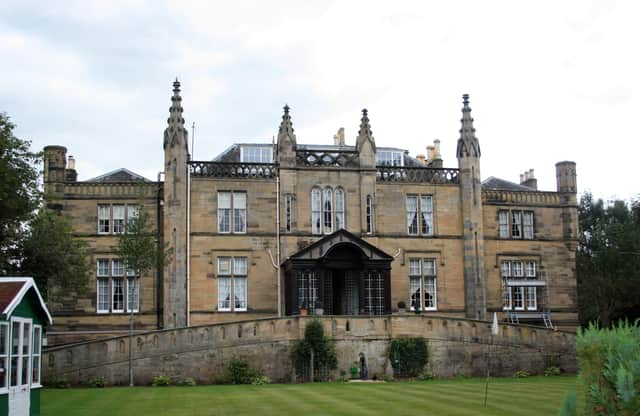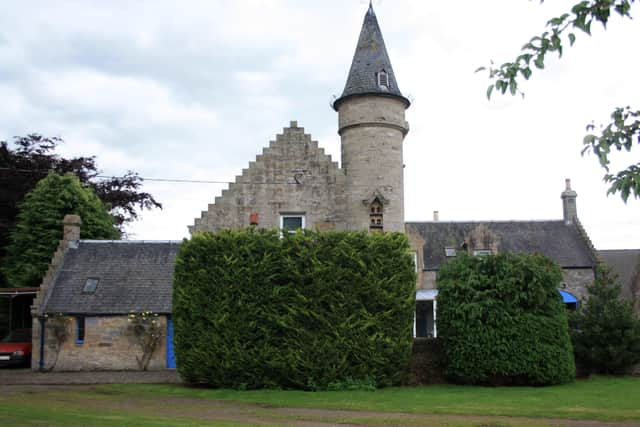Nostalgia: Powfoulis – stately mansion, eventide home and hotel


Not only were they hard at work completing handsome new parish churches in Larbert and Airth but not far away near Bothkennar they were embarking on a fine new mansion for the Bruce family, Powfoulis House.
Today and indeed for nearly 70 years, this beautiful building has served as a high-class hotel and restaurant but it has another story to tell that takes us back over five centuries.
Advertisement
Hide AdAdvertisement
Hide AdFor much of the time the Bruces and their kin dominated the area, holding Airth Castle, Stenhouse and Kinnaird, and it was the family of Bruce of Auchenbowie which raised what was probably the first fortified place bearing the name Powfoulis.


They held the lands from the early 16th century and we know from the cartographer Timothy Pont who mapped the area in the 1580s that there was a significant building which he named as ‘Pofoulls’.
The 1820 mansion was the work of James Bruce, the ninth of the family and consisted of the existing centre block to which the much plainer wings were added in the mid-19th century.
An interesting contrast to the mansion is the surviving coachman’s house built in Scottish Baronial style.
Advertisement
Hide AdAdvertisement
Hide AdIt also dates to the mid-Victorian period although it has a much earlier stone built into its fabric which includes the initials MR for Margaret Rollox, wife of James Bruce the third who probably built the original house or tower.
Despite the long connection of the Bruces to Powfoulis the name most often associated with the house and estate from the mid-Victorian period on is Dawson.
The family was part of the famous dynasty of Stainton and Dawson which dominated Carron Company following their arrival from Keswick in the Lake District during the time of Charles Gascoigne.
When he skipped off to Russia in 1786 the dynasty took control, first the Staintons and then their Dawson cousins, and this continued when William Dawson was manager from 1850 until his death in 1874.
Advertisement
Hide AdAdvertisement
Hide AdLike most of the new industrial classes he used part of his wealth to buy into the landed gentry and when the Bruces put Powfoulis on the market in 1855 he jumped at the chance.
Thereafter his daughters Anne and Dinah always added the title ‘‘of Powfoulis’’ to their names.
The last survivor was Dinah, Miss Dawson of Poufoulis, who used the cash from the Dawson Trust to support many good causes especially those with a religious connection.
Each year for example the children of the Larbert Old Parish Sunday school (all 600 of them) were packed into 19 farm carts and taken the five miles to Powfoulis for a day of fun and sticky buns at Miss Dawson’s expense.
Advertisement
Hide AdAdvertisement
Hide AdAfter her death in 1910 the property continued in the hands of the Trust and remained mainly empty until 1926 when it was rented to the Church of Scotland and became the first Eventide Home in the country offering shelter to “38 old ladies and gentlemen who are spending the eventide years of their lives”.
It finally closed in 1948 and the residents moved to Inglewood in Alloa.
In 1954 James McAvoy bought the house and converted it into a hotel and it has continued to operate as such though it has changed hands a couple of times.
In the last decade my family celebrated a couple of significant birthdays in the hotel and had two excellent nights with great food in the kind of old fashioned and historic environment we all love.
I tried to tell my grandchildren a bit about the place but they were more interested in the grub!